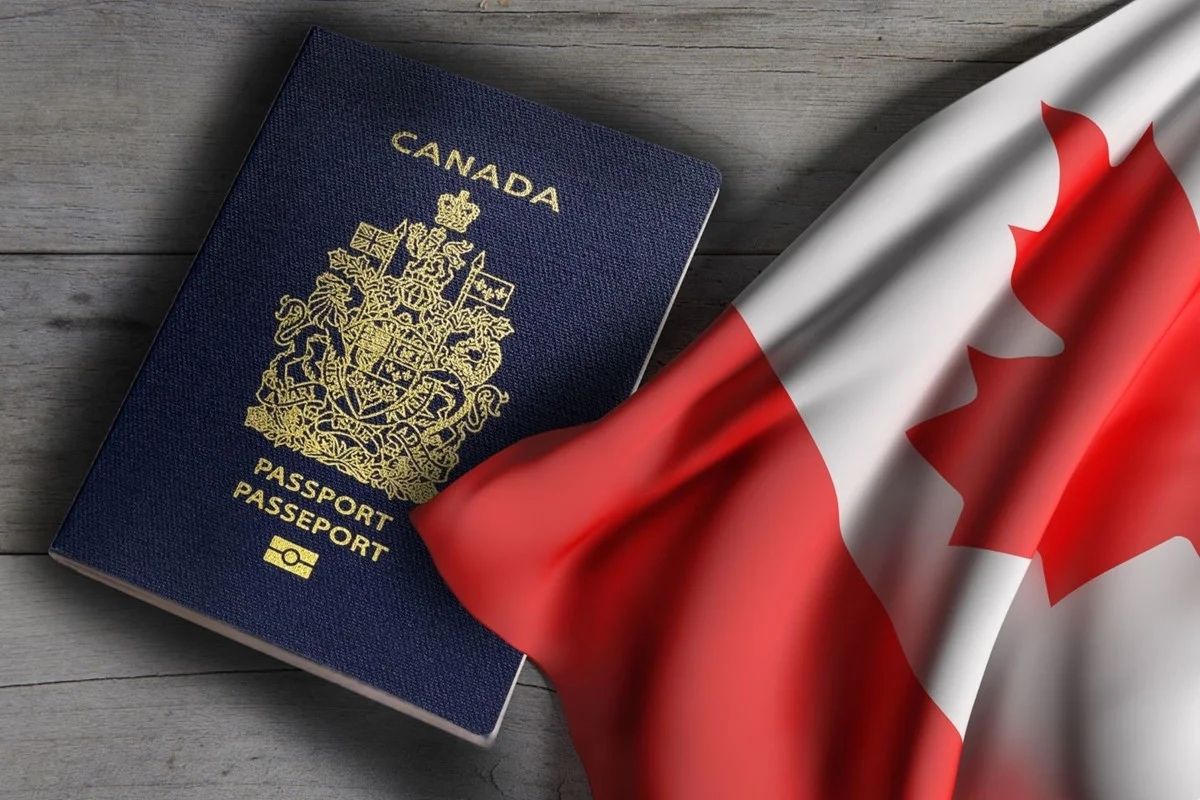- 21 TUSCANY MEADOWS DR NW CALGARY ALBERTA CANADA T3L2T2
- vighnesh@zzicanada.com

Commissioner of Official Languages Raymond Théberge released a study today on the 4.4% target for immigration to Francophone minority communities outside Quebec. Data in the study shows that even if the target had been consistently met since the original 2008 target deadline, it would not have been enough to maintain the demographic weight of the French-speaking population outside Quebec, much less contribute to its growth.
The original objective of this target was to at least maintain the demographic weight of the French-speaking population outside Quebec (based on the 2001 Census) at 4.4%. The original target deadline was set for 2008, but this was pushed back to 2023. As the new target deadline approaches, it is uncertain whether it will be met.
In order to meet the 4.4% target between 2008 and 2020, Canada would have needed to admit over 75,000 additional French-speaking permanent residents outside Quebec. That’s about the size of a medium Canadian city like North Bay, Ontario, or Medicine Hat, Alberta.
Had the target been met since 2008, it could have helped reduce the decline in the demographic weight of this population between the 2001 and 2016 censuses.
Canada’s Francophone minority communities are keen to attract, welcome and support newcomers. The government has obligations under the Official Languages Act and the Immigration and Refugee Protection Act to support these communities by ensuring that immigration levels and composition benefit and enrich their diversity, development and vitality.
“I am concerned about the impact of immigration shortfalls on Francophone minority communities across Canada. It is time to do more and do better. We need a new, clear objective and a higher Francophone immigration target to help ensure a healthy future for these communities.”
Quick facts
-
This target was set at 4.4% of total immigration in 2003 as part of the Strategic Framework to Foster Immigration to Francophone Minority Communities, developed jointly between the federal government and these communities.
-
In Canada outside Quebec, the Francophone minority population, defined according both to mother tongue and to first official language spoken, was 4.4% of the population in 2001 and 3.8% of the population in 2016.
-
Based on administrative data provided by Immigration, Refugees and Citizenship Canada, in 2019, before the pandemic, French-speaking permanent residents admitted to Canada outside Quebec represented
-
2.1% of all permanent residents outside Quebec, according to the 2006 reference definition and measure of this group. This definition and measure has been used for the longest period of time for monitoring and reporting on the 4.4% Francophone immigration target.
-
2.7% of all permanent residents outside Quebec, according to the more inclusive 2016 definition and measure of this group. This data is available only from 2019 onward
